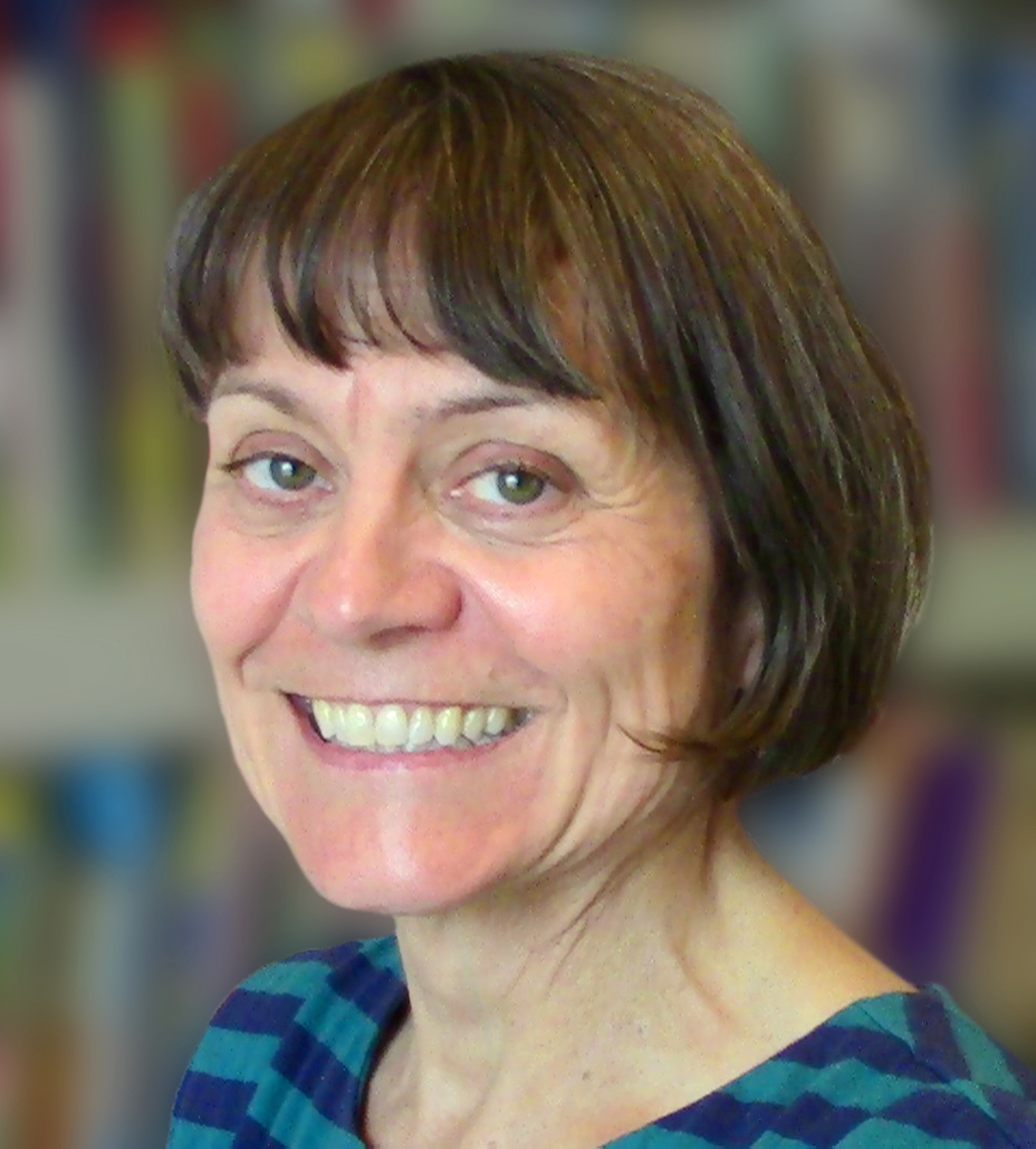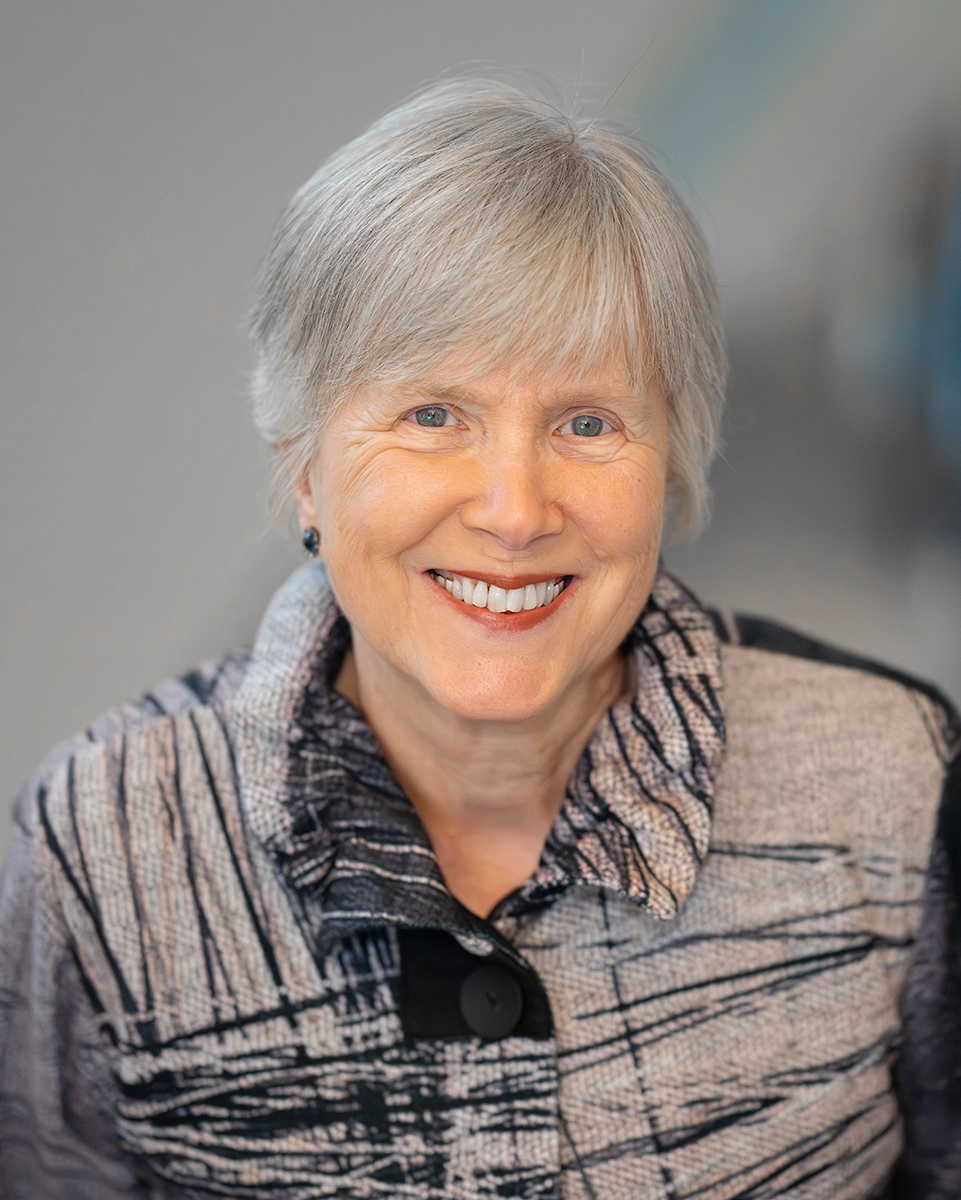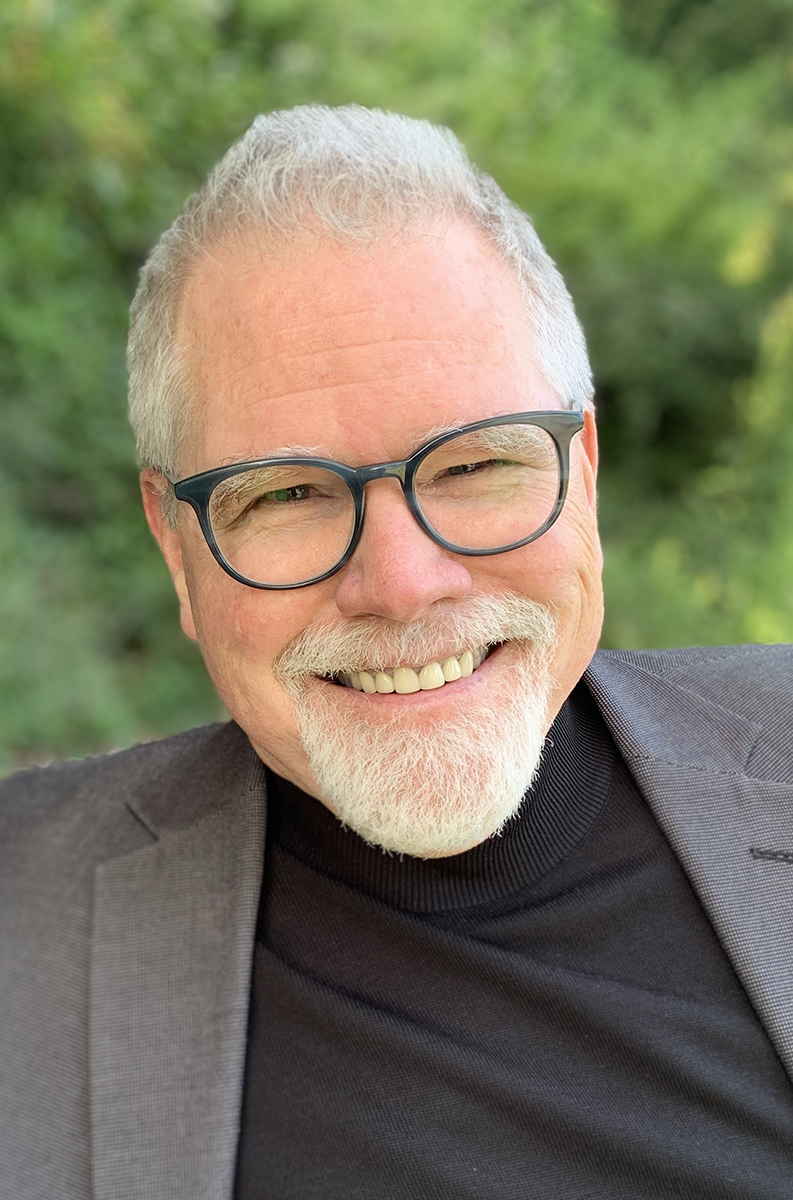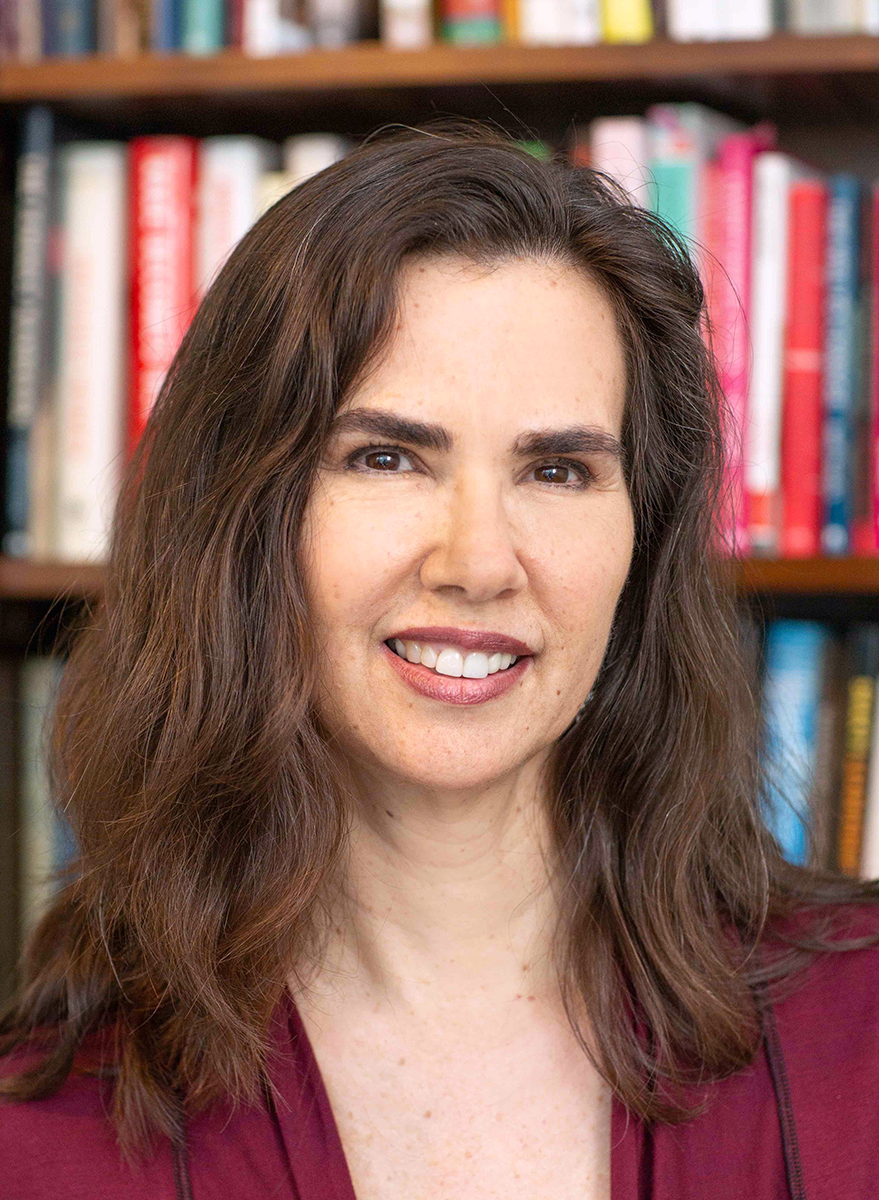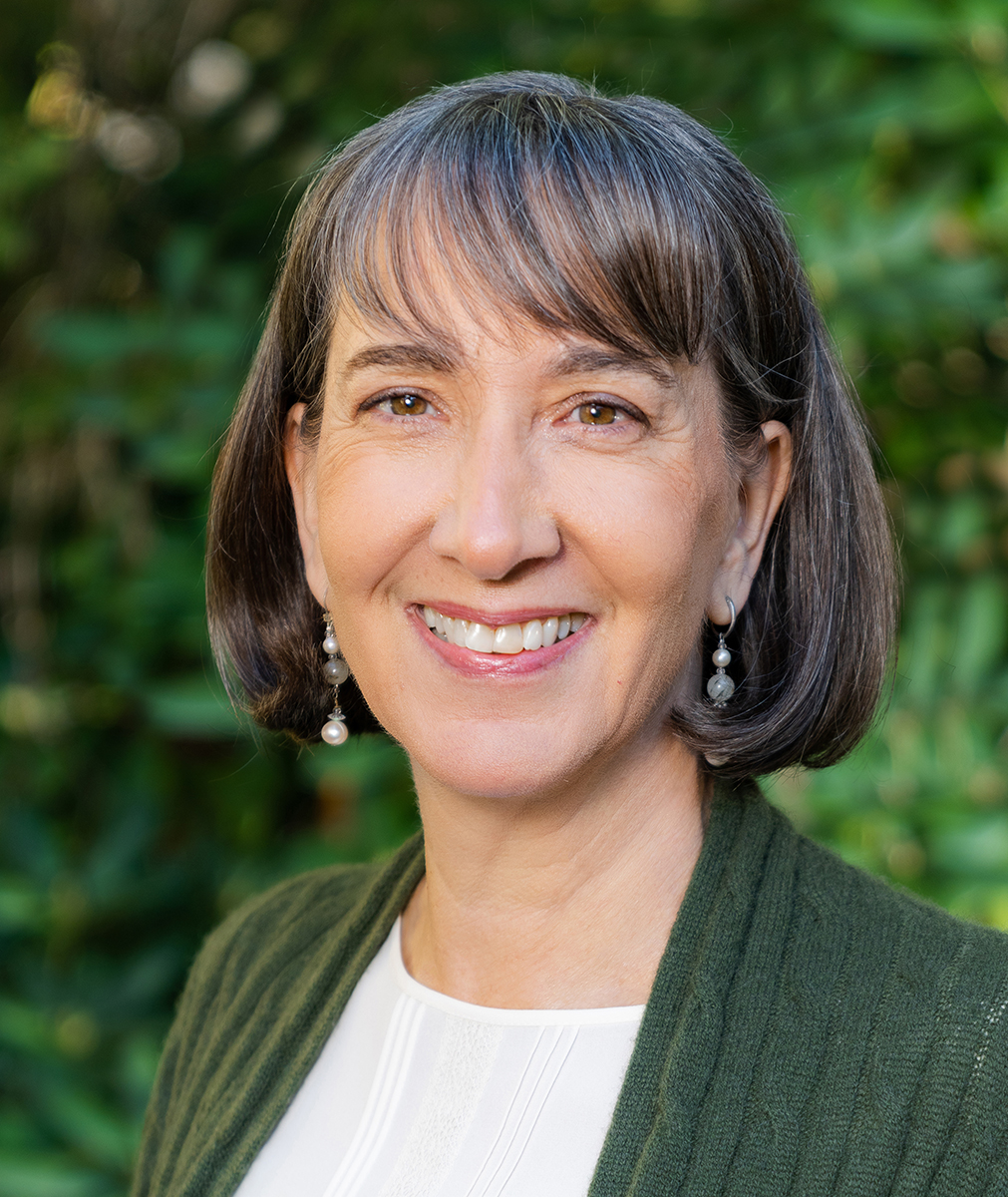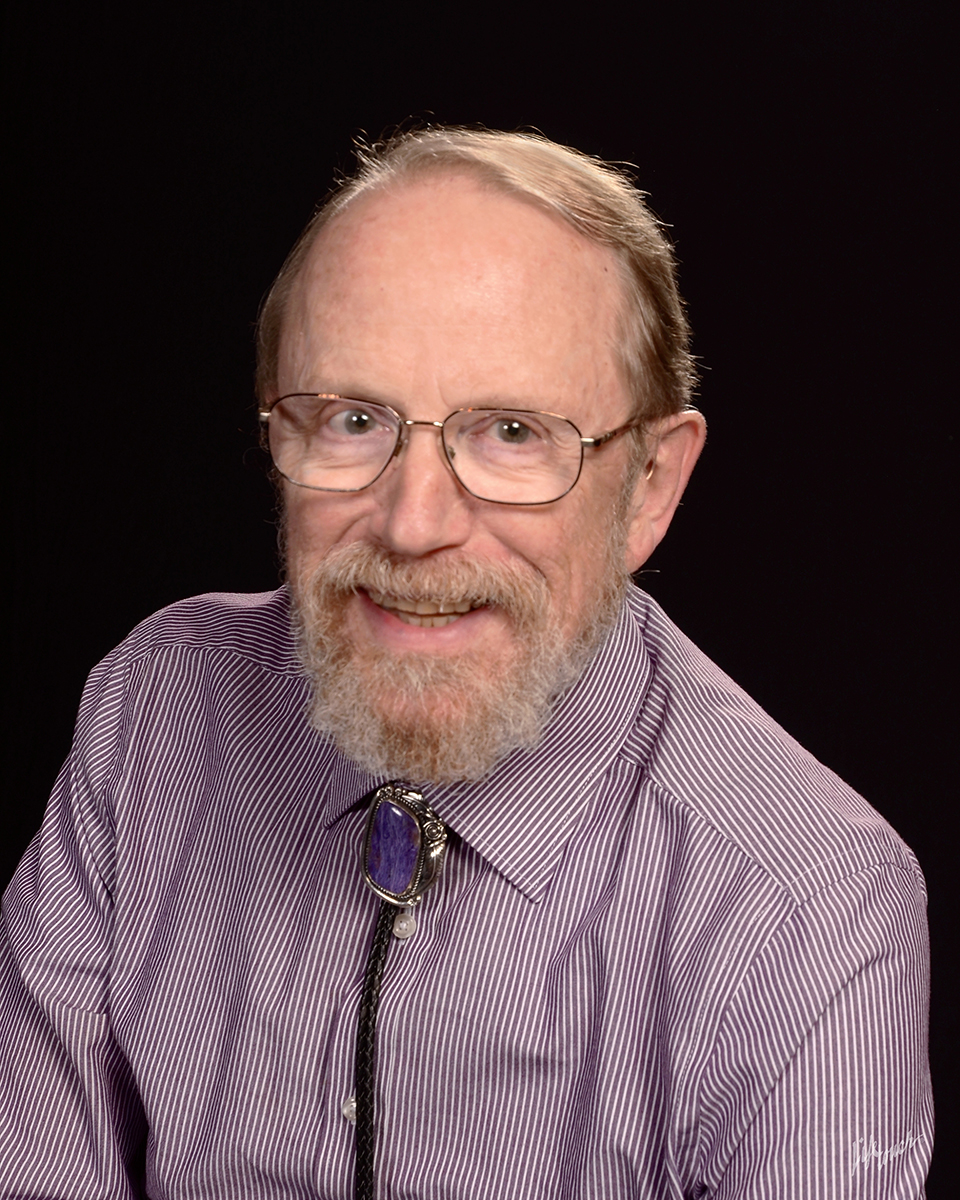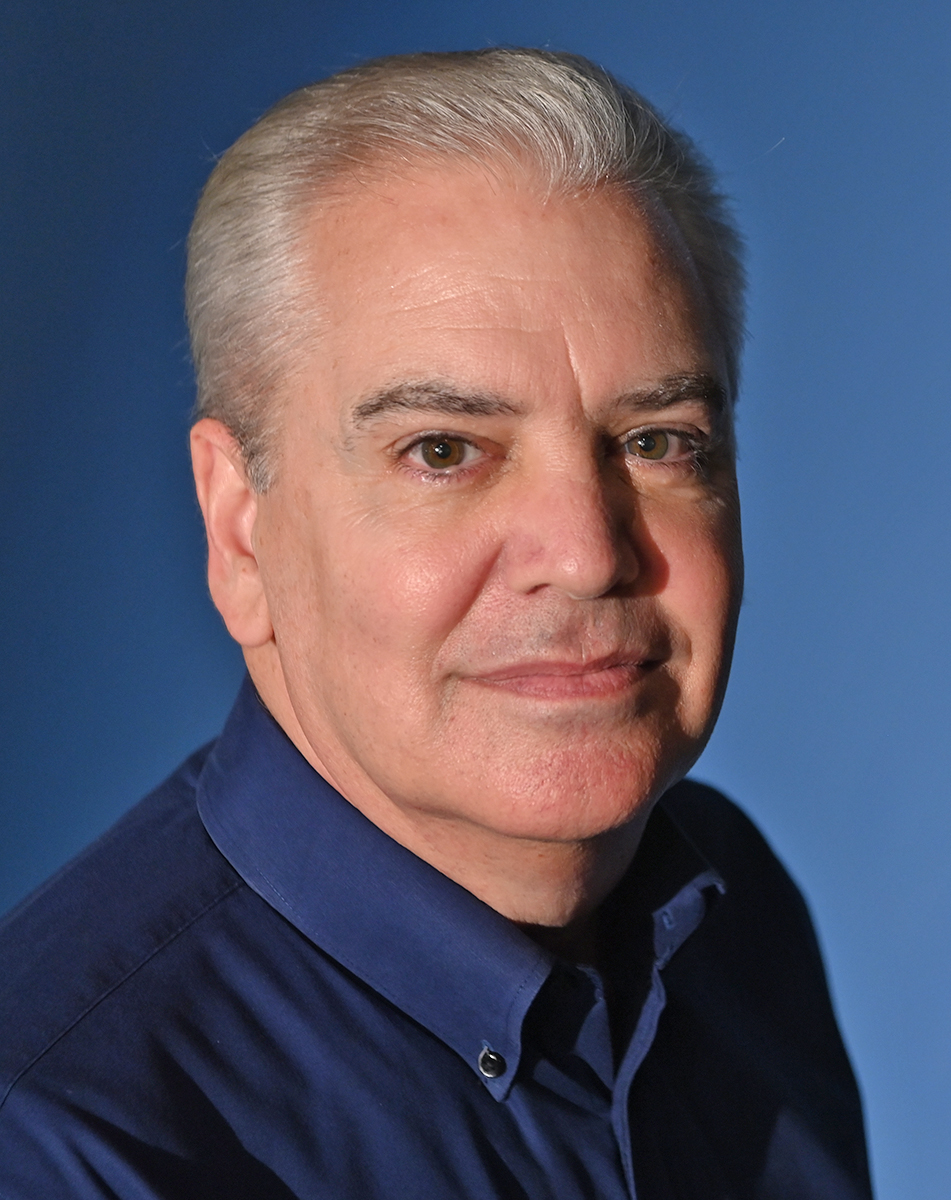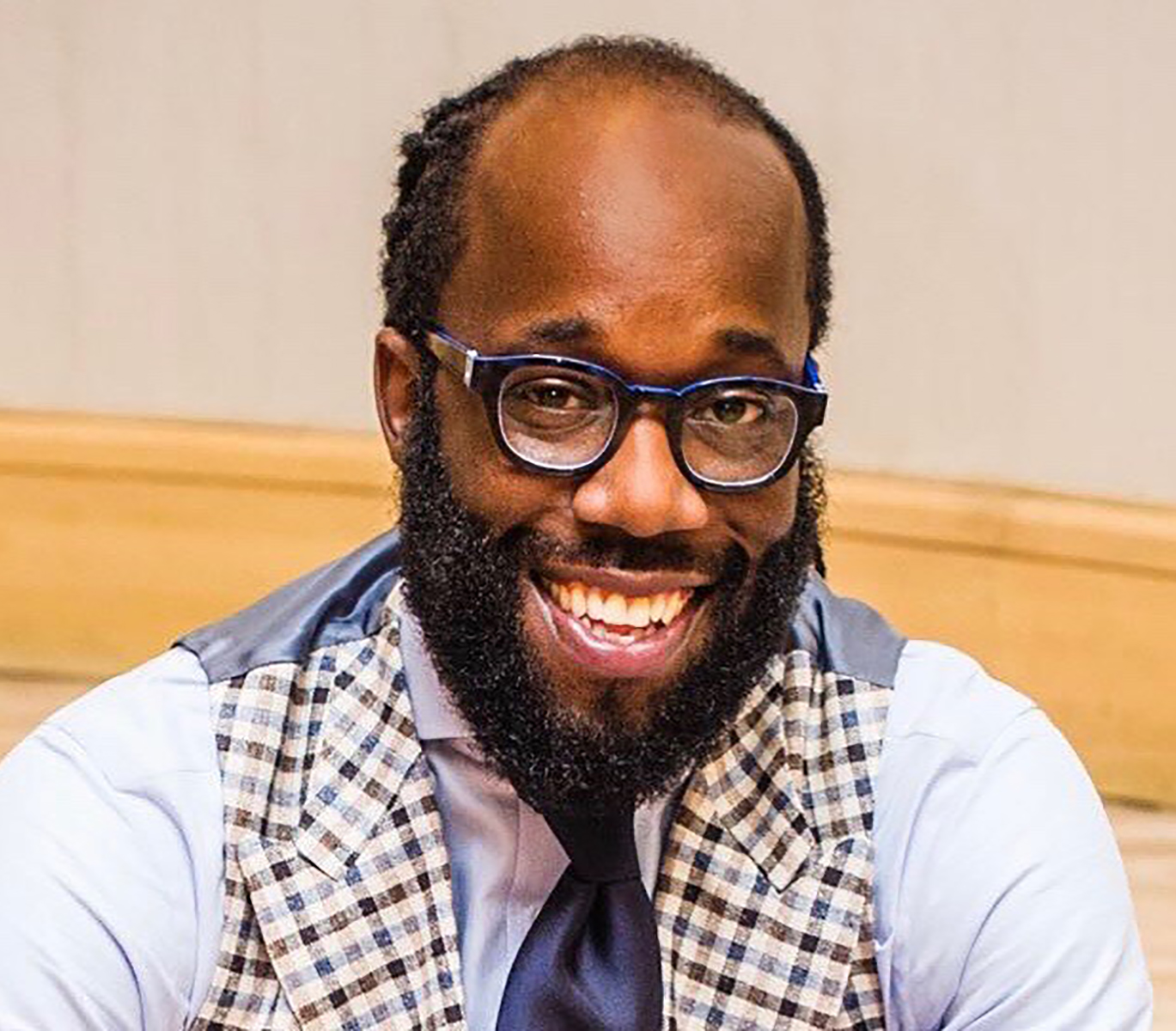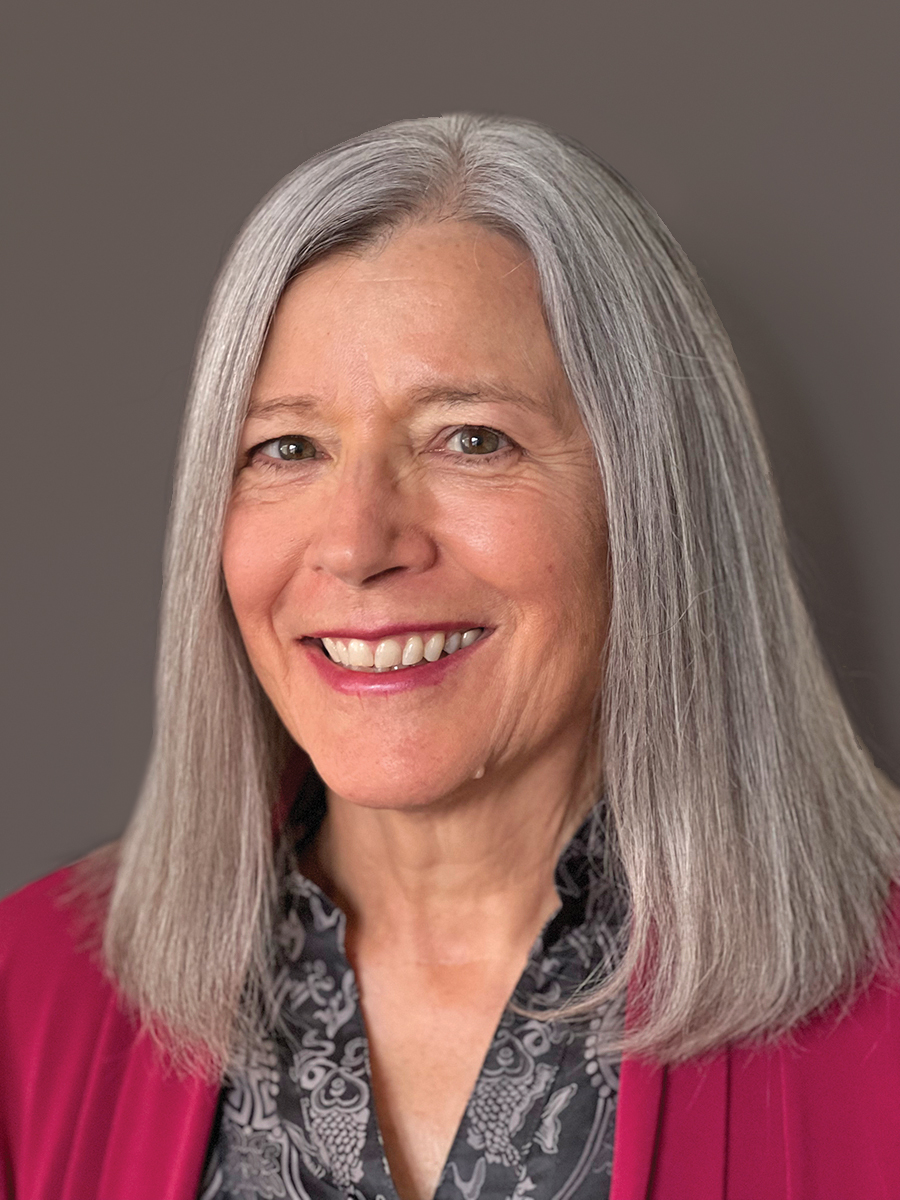Q&A with the Author
- What made you decide to write this book?
- What was the hardest part of writing it, and what was the easiest?
- What is one important lesson or message you hope readers take away from the book?
- Are there any other books that greatly influenced your writing process and/or your research?
- What led you to your specific area of study (the subject of your book)?
- Tell us one fascinating thing about this topic.
- Are there any common misconceptions about the topic?
- What advances do you hope we will see in the next 10 years?
- What made you decide to go into the field of literacy?
- When you are not working, what do you do for fun?
- What is your all-time favorite book?
- Is there a project that you are excited to work on next? (A presentation, a workshop, writing another book, etc.)
Tell us more about your latest book!
What made you decide to write this book?
My editor! Just kidding! Actually, it was time for a new edition of Word Sorts and More. I had been observing word study instruction and talking to teachers for over a decade. In many cases, instruction that can be engaging for students and teachers and can lead to some pretty wonderful learning had lapsed into humdrum routines. That’s why I developed the SAIL framework that is part of the second edition and why I emphasize vocabulary, thinking, and student talk.
What was the hardest part of writing it, and what was the easiest?
The hardest part of writing Word Sorts and More, Second Edition was just finding long chunks of time to work on it. The easiest was knowing the "path" the content was going to take, and integrating the perspectives of researchers and teachers. All of these contributors were wonderful to work with and added some very important insights to the book.
What is one important lesson or message you hope readers take away from the book?
I want readers to realize that word study instruction can and should be cognitively engaging, even in the primary grades, and should maximize learning opportunities. It’s not just about spelling; it’s about thinking; learning academic vocabulary, the multiple meanings of everyday words, and orthographic features; discussion and listening; questioning; synthesizing. And the learning opportunities are not just for students but also for teachers to capture amazing insights into their students’ thinking and learning. Which means the engagement is not just on the side of students, either.
Are there any other books that greatly influenced your writing process and/or your research?
Paula Denton’s The Power of Our Words has long been a powerful influence on how I view the kind of interactions teachers and students should have. Undergirding that work is a sense of mutual respect. Students are not vessels to be filled but rather treasure chests to be opened.
We are interested in learning more about your expertise.
What led you to your specific area of study (the subject of your book)?
As an elementary teacher who taught in various regions of the country, I was exposed to lots of approaches for developing children’s word knowledge. These tended to lack sequencing, engagement, and/or connections to what students already knew.
Not surprisingly, when I was first introduced to the idea of categorizations as means for learning about words, I immediately started trying them out with my students. One thing led to another, and by the time I had completed my doctorate, I had created a tool for assessing children’s orthographic knowledge—the Developmental Spelling Analysis—DSA, and I had compiled lists of thousands of words, organized by orthographic feature. I continued to respond to what teachers expressed as needs for conducting word study (with categorizations) with their students. This included developing sorts and hiring an artist to create drawings for various words. Word Sorts and More was first published in 2006. My aim was to provide teachers with information and materials so they could engage novice readers and writers in effective categorizations to advance their reading and writing. The latest edition attends to my desire to help teachers make the categorizing cognitively stimulating and the small-group interaction filled with lots of student talk. I also wanted to ensure that word study instruction isn’t just about “spelling” but also taps the opportunity to develop children’s vocabulary knowledge—knowledge of academic vocabulary and everyday words.
Tell us one fascinating thing about this topic.
We think with words. It’s hard to get more fascinating than that. Words can be cutting, endearing, puzzling, savory, funny like the riddles and puns kids and adults love or the misspeaks that young learners often make, like the kindergartener who recently responded to my question “What does pond mean?” with “You know…once apond a time”! Words carry incredible weight—the Declaration of Independence, Constitution, “the fine print,” poetry, good-bye. Words are capital—they can open doors or keep them closed and limit access to opportunity. Words are powerful and power.
Are there any common misconceptions about the topic?
Perhaps more than misconceptions the issue is one of omission. Research shows that vocabulary tends not to be taught. Very little time is spent on vocabulary instruction in the primary grades and what is, is often ineffective, particularly with low-income students. This situation is most unfortunate, especially given the importance of vocabulary for children’s reading and academic success.
What advances do you hope we will see in the next 10 years?
We’ve known about the importance of vocabulary for decades, so I hope we will see recognition of this through increased attention to vocabulary instruction in primary-grade classrooms. Since EL populations have been increasing, it’s important that we be able to ensure that all children have adequate vocabulary knowledge to access content and opportunities in school and beyond.
Now a little bit about you…
What made you decide to go into the field of literacy?
I smile whenever I get asked this question. It always makes me recall an exchange with a team teacher years ago. She shared with me one morning that she was planning to get her masters in reading. I looked at her and said reading was the last thing I would want to get my masters in, reminding her that when asked what their favorite subject in school was, children cited everything BUT reading. This was in the days of basal readers for developing literacy and happened to be when we were using a program that emphasized a cycle of test, teach, test, reteach, retest and workbook pages. So it may be of no surprise that when I decided to pursue my masters several years later, I applied to the administration program. About the same time, having just moved to a new state, I was enrolled in a developmental reading course needed for licensure, and I was teaching in a district that was on the cutting edge of literacy instruction (we actually gained approval from our school board to use textbook monies for sets of children’s literature!). I also became a fellow of the National Writing Project and was really into writing with my students. When I sat down with my new advisor in the admin program to discuss the course sequence, I looked at him and said: I’m in the wrong program. I’m in love with all things literacy (and so were my students) and need to be in the reading program. So I switched.
When you are not working, what do you do for fun?
I have many outside interests—walking in the woods, bird-watching, bridge-playing, bicycling, going to concerts, poetry writing, cooking, getting together with friends, making cards (stay tuned: I soon plan to make some available online).
What is your all-time favorite book?
That’s a difficult question, so I have to mention more than one—Dickens’ A Tale of Two Cities is definitely way up on the list. It’s a great story with wonderful language and a memorable first sentence—it’s over 100 words long! I also really enjoyed The Elegance of the Hedgehog, which has unique features and a very interesting set of characters. The books of poets Mary Oliver and Billy Collins are favorites as well.
Is there a project that you are excited to work on next? (A presentation, a workshop, writing another book, etc.)
Again, it’s difficult to pick just one. I’ll be going to a conference in India shortly and look forward to putting together my talk, which is on the role of teacher language in fostering peace in the classroom. Later this summer I’ll be presenting on SAIL at a conference in England and working with early childhood teacher trainers in Georgia on word study. I’ll be in NJ for a conference in the fall and starting to work on a second edition of Mindful of Words. All exciting!
See all titles by and read more about Kathy Ganske on her author page!
